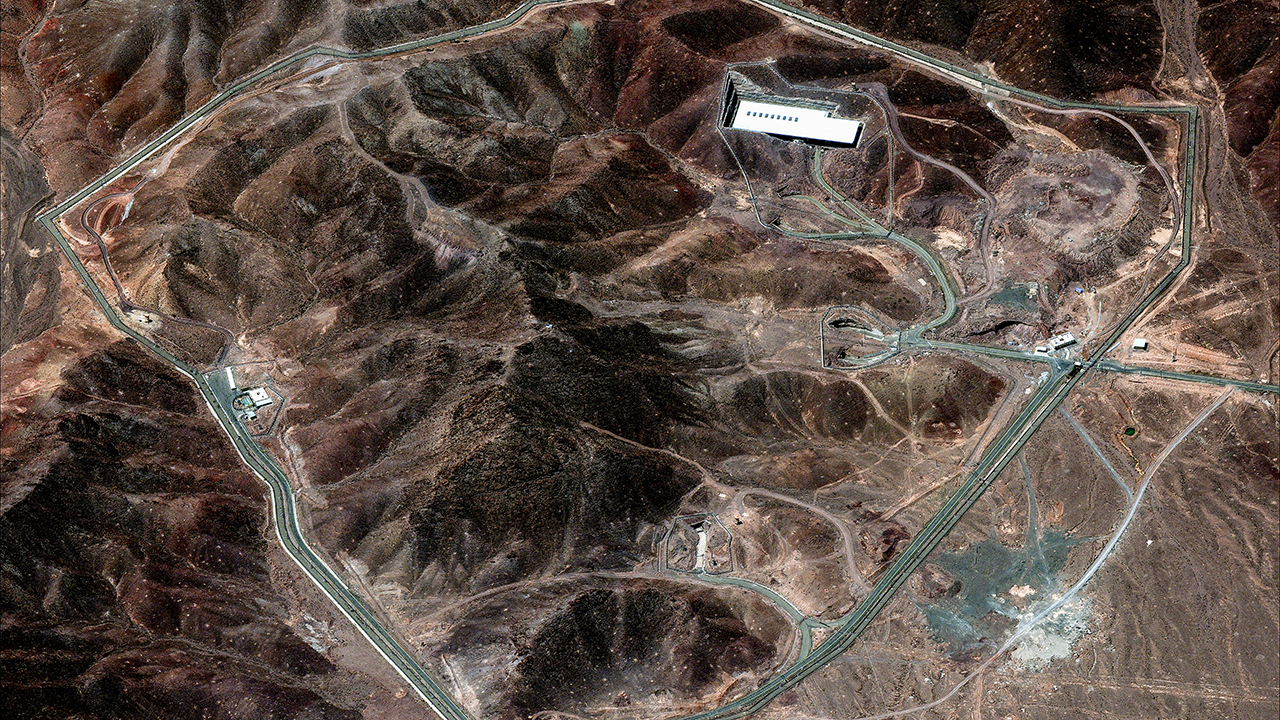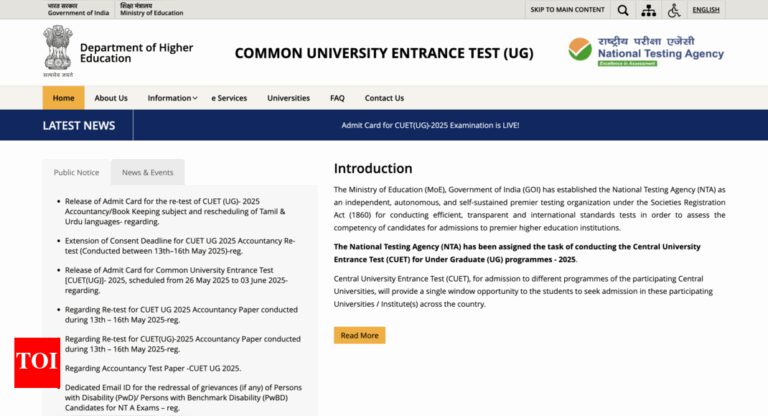U.S. Military’s B-2 Bomber: Key to Targeting Iran’s Deeply Buried Fordow Nuclear Facility
The Complex Mission to Neutralize Iran’s Fordow Nuclear Facility: A Focus on the B-2 Bomber
In recent discussions surrounding Middle Eastern security, the prospect of a U.S. military operation targeting Iran’s heavily fortified Fordow nuclear facility has garnered significant attention. Experts, including retired Air Force Lt. Gen. Mark Weatherington, emphasize that executing such a mission would require advanced military technology and a strategic approach. Central to this discussion is the B-2 stealth bomber, which stands out as the only aircraft capable of delivering the Massive Ordnance Penetrator (MOP), a specialized bomb crucial for striking deep underground facilities like Fordow.
The Role of the B-2 Bomber
The B-2 Spirit, commonly referred to as the B-2 bomber, is an iconic asset in the U.S. military arsenal. Here are some of its key attributes:
-
Stealth Technology: Designed to evade radar detection, the B-2 utilizes a flying-wing configuration that minimizes its radar cross-section. This capability is critical for penetrating heavily defended airspaces where enemy radar systems are in place.
-
Payload Capacity: The B-2 can carry a diverse array of munitions, including the GBU-57, a 30,000-pound bunker-buster bomb essential for impacting underground targets effectively.
- Range and Refueling Capabilities: With a combat range of over 6,000 miles, the B-2 requires aerial refueling for long missions, particularly ones targeting remote locations such as Iran’s Fordow facility.
Weatherington notes that the B-2 is unique not just to the U.S. but represents capabilities no other country currently possesses. This makes it an invaluable resource in any potential military operation against fortified locations like Fordow.
Challenges of Targeting Fordow
Striking the Fordow facility effectively poses several challenges:
-
Depth of the Facility: Situated approximately 300 feet beneath a mountainside, Fordow is designed to withstand various military assaults. The MOP, with its depth-penetrating capabilities, is one of the only bombs that may have a chance of neutralizing the site.
-
Precision Targeting: Accurate intelligence and precise targeting will be crucial. Former CENTCOM intelligence officer Todd Sawhill remarked on the necessity of establishing correct coordinates and delivery strategies to ensure damage to the facility.
- Multiple Hits Strategy: Given the potential limitations of a single MOP strike, military planners might need to consider multiple hits or a specialized approach that optimally utilizes available munitions and technologies.
The Geopolitical Context
Tensions between the U.S. and Iran are not merely military but deeply geopolitical. As the Iranian government continues to pursue its nuclear ambitions amidst regional instability, the risk of escalation cannot be understated. Observers note that any military action taken by the U.S. would likely provoke a response from Iran, potentially leading to further conflict in the region.
-
Existing Middle East Dynamics: With ongoing hostilities between Israel and Iran, as indicated by missile exchanges, any U.S. military operation could further complicate an already volatile situation.
- International Reactions: The potential for U.S. strikes against Iranian sites is further complicated by reactions from global powers, including Russia and China, both of which have been vocal about their support for Iran and their opposition to U.S. military interventions in the region.
Conclusion: A Complex Decision Ahead
As the U.S. grapples with its options regarding the Fordow nuclear facility, the implications of military action are extensive. The B-2 bomber, with its advanced capabilities, stands ready as the only viable option for a targeted strike on this strategic site. However, the complexities of such a mission, the technical challenges involved, and the potential for broader geopolitical fallout necessitate an in-depth strategic consideration.
The U.S. military must weigh these factors carefully against the backdrop of its broader national security objectives and the intricate tapestry of Middle Eastern politics. As discussions unfold, the role of advanced military technology in modern warfare—particularly in the context of nuclear non-proliferation—remains a pertinent topic for national and global security.
The situation will continue to evolve, and maintaining a keen awareness of the developments surrounding Iran’s nuclear capabilities will be essential as world powers navigate this high-stakes environment.






